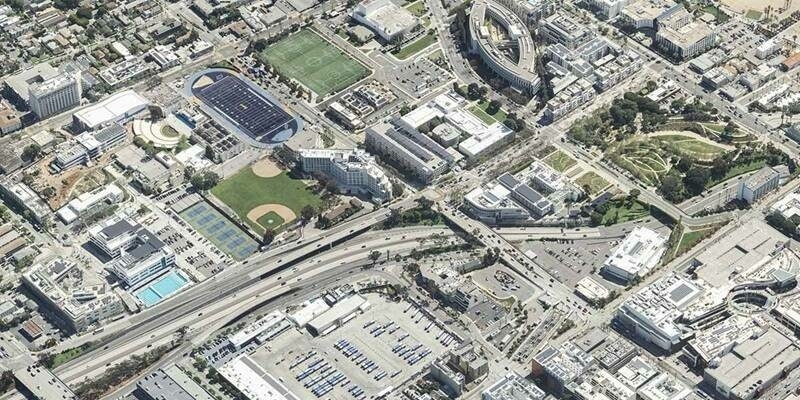One of the most inaccessible areas of this type is the rainforest of the Iron Range on Cape York in Far North Queensland. Not only is it covered by thick rainforest with a very dense canopy, but underneath lies one of Australia’s most rugged areas in terms of hills criss-crossed by thousands of narrow and steep creeks. This makes the landscape rather inaccessible for ground-based research. The Iron Range is also the largest contiguous block of lowland rainforest remaining in Australia,
The only human traces in this rainforest are from a short period of a “mini”-goldrush about 100 years ago where miners dug some trenches to look for the precious material.
Other features in this landscape include thousands of nesting mounds of Australian megapodes, the orange-footed scrub fowls and the brush turkey, which incubate eggs in large mounds of rotting vegetation.
In cooperation with the new privately funded Iron Range Research Station (IRRS), Airborne Research Australia (ARA) used its RIEGL Q680i-S airborne LiDAR mounted on a motorglider together with a high-resolution aerial camera to map the rainforest in a joint research project.
This project not only aims at mapping the rainforest and the underlaying landforms, but also investigate the structure of the rainforest itself, a very important capability of airborne LiDAR in the context of the overall aims of this scientific study.
While the importance and plight of ever-wet rainforest is generally accepted, comparatively little attention has been paid to tropical dry forests – high-biomass, species-rich biomes that thrive in marginal conditions and hold international significance for biodiversity conservation and carbon sequestration. These ecosystems are generally poorly represented in the conservation estate and are subject to a variety of threatening processes, the interplay of which is not well understood.
Within Australia, tropical dry forest covers a relatively small area but contributes disproportionately to biodiversity. This ecosystem reaches an apex of complexity and development on Cape York Peninsula, an area internationally recognised for its high diversity and low disturbance status. Closed forests in this region occupy only 5.6% of the Peninsula’s area, but contain 47% of its plant species, 60% of its frogs, 35% of its reptiles, and 40% of its birds and mammals.
Remnants of a mini-goldrush from 100 years ago. Left: LiDAR DSM. Right: LiDAR DTM
(original slider image can be accessed on https://www.airborneresearch.org.au)
The data from the airborne LiDAR will be used in conjunction with terrestrial laser scanning with a RIEGL VZ-400i, and biomass quantification via automatic extraction of individual trees and estimates of their volumes from terrestrial pointclouds Plot based diversity surveys have also been carried out.
This novel combination of highly detailed airborne and terrestrial laser scanning with diversity data will generate new insights into the complex interplay between topography, fire susceptibility, biomass and diversity within this region, and has national and international implications for the tropical dry rainforest biome and the opportunities it offers as a vehicle for carbon sequestration.
In March 2019, Tropical Cyclone “Trevor” caused extensive damage to the rainforest in the Iron Range. As the first LiDAR survey had been flown only 5 months before this event, a re-survey planned for May 2019 will add another dimension to this project by analysing in detail the level of destruction. The very high-resolution data will help to prepare for fire management and also future natural disasters.
ARA – Airborne Research Australia is an Independent Not-For-Profit Research Institute supported by the Hackett Foundation, Adelaide. The IRRS – Iron Range Research Station is an initiative of the MAXIM Foundation, Cairns. Data from this project are available for researchers on request.
Subscribe to our newsletter
Stay updated on the latest technology, innovation product arrivals and exciting offers to your inbox.
Newsletter

